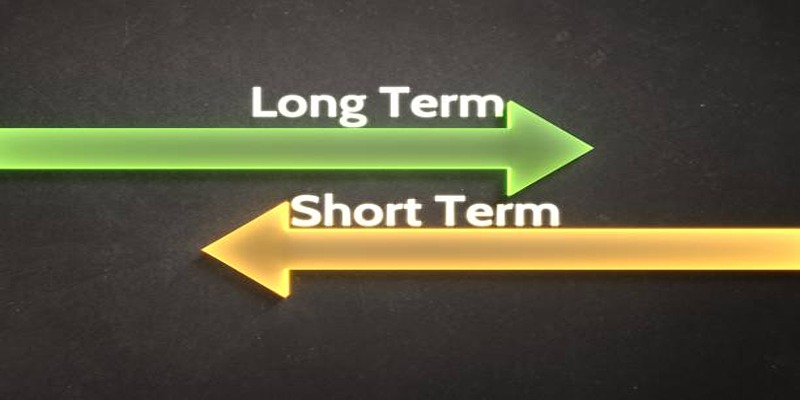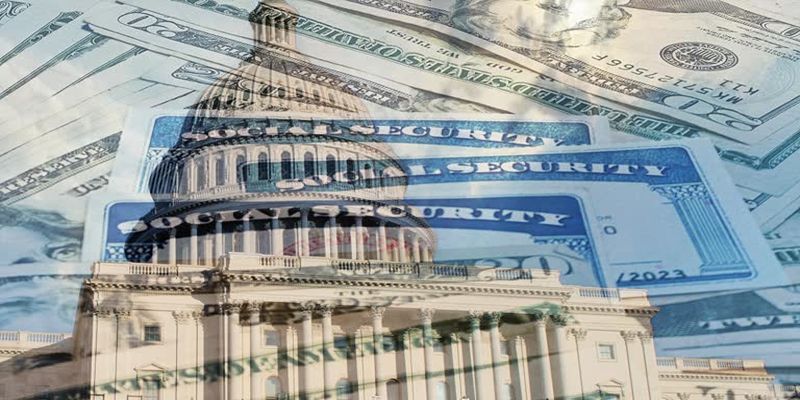Business owners must learn how average business loan interest rates influence their financial state. Your cash flow along with your profitability levels receives impact from the interest rates that determine your debt repayment amounts. Financial savings come from lower interest rates but higher rates create additional financial burdens on your business. Learning how interest rates operate will help you make better borrowing choices to defend your business from financial instability over time.
What Are Average Business Loan Interest Rates?

The average business loan interest rate is the percentage charged by lenders for borrowing money. This rate may vary depending on various factors such as the lender's risk assessment, the borrower's credit history and financial stability, and current market conditions. Generally, business loan interest rates can range from 2% to 15%, but they may go higher or lower depending on these factors.
Types of Business Loan Interest Rates
There are two primary interest rate structures to consider, and understanding their differences can help you make smarter financial decisions:
- Fixed Interest Rates: With a fixed rate, your interest rate remains constant throughout the loan term. This stability makes it easier to anticipate monthly payments and budget effectively.
- Variable Interest Rates: A variable rate fluctuates based on market conditions (usually tied to an index like the prime rate). While they might initially be lower than fixed rates, they're inherently riskier since they can increase over time.
Choosing between these two options often depends on your risk tolerance and financial stability.
How Average Loan Interest Rates Are Determined
Average business loan interest rates are influenced by a combination of factors that lenders assess when reviewing your loan application.
1. Credit Score
Your business credit score (and sometimes your personal credit score if your business is relatively new) is a crucial metric. The higher your score, the more reliable you appear to lenders, resulting in lower rates. According to Experian, businesses with a credit score of 700 or higher typically qualify for the most competitive rates.
2. Loan Type and Amount
Loans come with different interest rates depending on the type. For example, SBA (Small Business Administration) loans typically have lower rates than short-term loans or lines of credit. Smaller loan amounts, however, often have higher rates due to administrative costs.
3. Loan Term
Short-term loans typically come with higher monthly payments but lower total interest costs. On the other hand, long-term loans offer lower monthly payments but result in higher overall interest expenses.
4. Economic Climate
The broader economy plays a role in determining average interest rates. For example, during times of economic growth, rates may increase as lenders feel more optimistic about borrowers’ ability to repay.
5. Lender Type
Traditional banks, credit unions, and online lenders have different lending models. Banks and credit unions typically offer lower rates but have stricter qualifying criteria. Online lenders, although more accessible, often come with higher rates.
How Average Interest Rates Affect Your Business Finances
The interest rate on a loan impacts more than just your monthly payments. Here are some key ways interest rates affect your financial landscape:
Monthly Repayment Costs
The interest rate directly influences how much you’ll be paying every month. A higher rate can strain your cash flow, leaving less flexibility for other expenses like payroll, marketing, or product development.
Example:
For a $50,000 loan with a 10% interest rate over 5 years, your monthly payment will be $1,062.67. If the rate increases to 15%, your monthly payment jumps to $1,189.68. Over time, even small differences add up significantly.
Total Cost of Borrowing
Interest rates dictate the total amount you repay over the life of the loan. A higher rate means more money spent on interest rather than the principal, reducing the overall financial efficiency of borrowing.
Growth Opportunities
Excessive loan costs eat into profits, which can constrain your ability to reinvest in your business. For growing companies, accessing affordable financing can mean the difference between hitting milestones or falling short.
Financial Stability
Burdening your cash flow with high-interest payments can make your business more vulnerable during slow seasons or unexpected downturns.
What Are the Current Average Interest Rates?
Interest rates fluctuate depending on market conditions, lender type, and loan specifics. Here’s a general look at average business loan interest rates in the current lending environment (as of October 2024):
- Bank Loans: 3% to 6%
- SBA Loans: 6% to 9% (including fees)
- Online Lenders: 9% to 50% (depending on risk profile and term length)
- Lines of Credit: 8% to 25%
These averages emphasize the importance of shopping around and understanding lender terms to secure the most favorable deal.
How to Secure the Best Loan Rates

Fortunately, there are steps you can take to improve your chances of receiving lower business loan interest rates.
1. Improve Your Credit Score
- Pay bills on time and reduce outstanding debt.
- Review your credit report regularly for inaccuracies or fraudulent activity.
- Build positive credit history by borrowing responsibly.
2. Strengthen Your Business Plan
A detailed and realistic business plan can boost lender confidence in your repayment ability, possibly resulting in better rates.
3. Increase Cash Flow
Demonstrating strong cash flow through financial statements can help justify competitive rates.
4. Offer Collateral
Secured loans (backed by collateral) often come with lower interest rates than unsecured loans, as they reduce the lender’s risk.
Is It Worth Borrowing at a High Rate?
Sometimes, paying a higher interest rate might still make sense. For instance:
- Short-Term Investments: If a high-cost loan allows you to seize a profitable opportunity (like buying discounted inventory), it can be worth it.
- Urgent Needs: When rapid cash flow is necessary to stay operational, a higher rate could be a small price for business continuity.
However, always weigh the costs and long-term implications before committing.
Conclusion
Borrowing at a high interest rate should always be approached with caution. While there are scenarios where it may be justifiable, such as for lucrative short-term investments or urgent business needs, it’s essential to carefully analyze the potential returns and risks involved. Conduct thorough financial assessments, explore alternative funding options, and ensure the decision aligns with your long-term goals.












